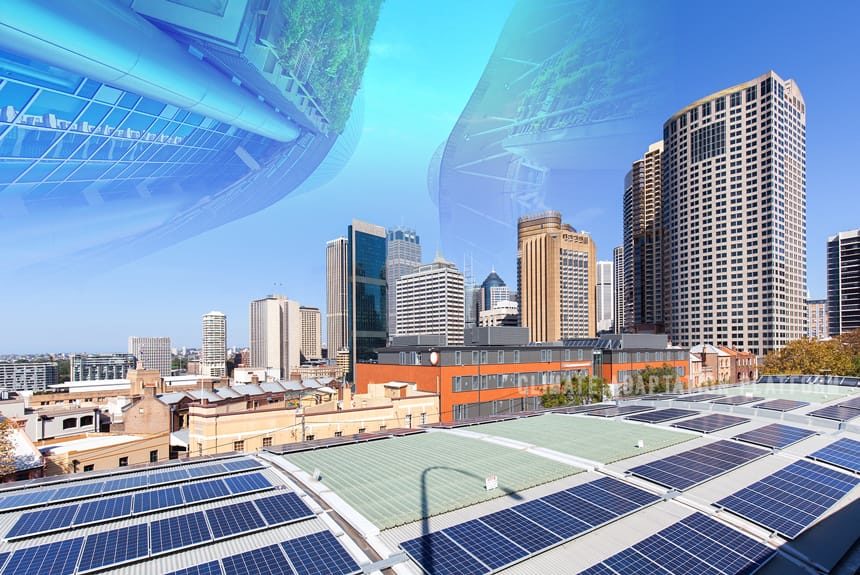The impact of energy-efficient buildings on climate change cannot be underestimated. Buildings, both residential and commercial, are responsible for a significant amount of energy consumption and greenhouse gas emissions. Energy-efficient buildings, on the other hand, are designed to reduce energy consumption, thereby reducing greenhouse gas emissions.
The impact of energy-efficient buildings on climate change is far-reaching. First, reducing energy consumption means reducing the amount of fossil fuels burned for energy production. Fossil fuels are a major contributor to greenhouse gas emissions and global warming. When energy consumption is reduced, less fossil fuels are burned, and fewer greenhouse gas emissions are released into the atmosphere.
Secondly, energy-efficient buildings reduce the need for new power plants. New power plants contribute to greenhouse gas emissions during their construction and operation. Energy-efficient buildings reduce the demand for electricity, which reduces the need for new power plants and their associated emissions.
Thirdly, energy-efficient buildings reduce the urban heat island effect. The urban heat island effect refers to the phenomenon where urban areas are warmer than surrounding rural areas. This is due to the high concentration of buildings and pavement, which absorb and retain heat. Energy-efficient buildings, however, are designed to reflect heat, reducing the overall temperature of urban areas, which in turn reduces the need for air conditioning.
Fourthly, energy-efficient buildings reduce water consumption. Water must be pumped, treated and delivered to buildings, which requires energy. Reducing water consumption reduces energy consumption, which reduces greenhouse gas emissions.
Lastly, energy-efficient buildings can save money for building owners and occupants. Energy-efficient buildings use less energy, which means lower utility bills for occupants. Building owners can also save money on maintenance costs, as energy-efficient features such as LED lighting, insulation and occupancy sensors require less maintenance than traditional features.
In conclusion, energy-efficient buildings have a significant impact on climate change. By reducing energy consumption, greenhouse gas emissions are also reduced, helping to mitigate the impacts of global warming. Furthermore, energy-efficient buildings reduce the need for new power plants, reduce the urban heat island effect, reduce water consumption and save money for building owners and occupants. As such, it is crucial that efforts be made to design and construct energy-efficient buildings as part of our climate change mitigation strategies.


